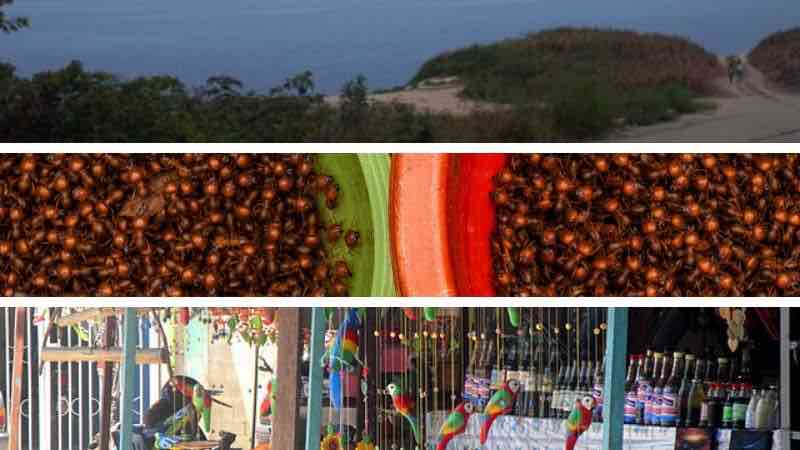
Get to know the indigenous market of Puerto Ayacucho, Amazonian products, popular and haute cuisine in Venezuelan Amazonian gastronomy
The Amazonian gastronomy of Venezuela is characterized by having two great variants; the properly native, and the urban variant brought by those who live in the cities and trade their products to the jungle.
In this sense, the cuisine can be studied by analyzing these five aspects: geographical context, indigenous communities or tribes that make life in the indigenous market of Puerto Ayacucho, urban restaurants, native products, and exponents of haute cuisine.
Geographic Context
The Amazon portion of Venezuela is relatively small compared to the other Amazon countries. It covers only 177,617 km2, considering exclusively the area of Amazonas State. Using other criteria, such as administrative or hydrological, the region considered Amazon is extended to 453,000 km2.
Strictly speaking, the Amazonas-Orinoco basin comprises the state of Amazonas and part of the state of Bolívar.
The Amazonas state is the least populated in the country, with a population density of 1.7 inhabitants/km2. This state has a population of 190,000 people, 73% of whom are concentrated in the city of Puerto Ayacucho, the capital, which is home to 137,907 inhabitants, making it the heart of the Venezuelan Amazon.

Edrasaal CCBY-SA
The city is located near the Orinoco River, which frequently floods some of its neighborhoods.
It is followed by other small cities such as San Fernando de Atabapo, with about 13,000 inhabitants, located at the confluence of the Orinoco, Guaviare and Atabapo rivers.
Other cities, even less populated, are San Carlos de Río Negro and La Esmeralda.
What factors affect the preservation of biodiversity in the Venezuelan Amazon?
The situation of the Amazon, despite the fact that it is a vast territory with relatively little intervention, is highly compromised by legal and illegal activities.
The legal ones derive from the concessions granted by the Venezuelan government of Nicolás Maduro for the extraction of gold and diamonds to foreign companies on biosphere reserve lands.
In February 2016, the government decreed the Orinoco Mineral National Energy Development Zone, which has affected the lives of native indigenous communities, and stimulated deforestation in the region and the growing and intense pollution of the rivers that flow into the Orinoco or to the Caroní. These rivers are connected by the Casiquiare branch with rivers that, in turn, are tributaries of the Amazon River.
Additionally, the threat is growing of Colombian guerrilla groups that control part of the area and use it for drug and fuel trafficking.
The presence of illegal miners, or garimpeiros, gold and diamond extractors, has been a constant threat of disturbance and incitement to violence for several decades in the area, which has affected the indigenous communities that inhabit the border between Venezuela and Brazil.
The indigenous communities of the Venezuelan Amazon
More than 20 indigenous peoples live in the region, including yanomami, piaroa, jiwi o jivi, yekuana, Wotija, and Baré. Although, the most important in number are two ethnic groups that represent about 48% of the total number of indigenous people: the Yanomami, with 26%, and the Piaroa, with 22%.
Most of the indigenous people are located in the Alto Orinoco. The Yanomami live in the Alto Orinoco-Casiquiare Biosphere Reserve.
The Orinoco River is one of the most important rivers in the world due to its length (2,140 km) and its flow rate (a little over 30,000 m3/s). This river forms a hydrological basin of about one million km2, which is of great importance for the life of the country.
The popular cuisine in the Amazon gastronomy of Venezuela
Two gastronomic variants are developed in the region: the rural-indigenous and the urban,
The indigenous corresponds to a culinary regime that is based on the consumption of meat from wild animals, bovine, and fish. These animals, especially fish, constitute the main source of protein.
This regimen is complemented by the consumption of cassava, banana, and some industrially processed products that are marketed in the region, such as rice and noodles, which the indigenous communities obtain by going to the market in the city of Puerto Ayacucho to sell or exchange their fishery products, meat, wild animals, edible insects, and local crafts.
The most active place of commercial convergence in the entire state is the indigenous market, where they meet.
The other gastronomy, officiated by professional chefs, makes great efforts to survive, especially in the harsh conditions in which the economy and society have been debating in recent years.
Severe shortages and growing hyperinflation have occurred, not only of food, but also of basic services, such as electricity and fuel for transporting people and goods to markets and production centers.
The indigenous market of Puerto Ayacucho
The indigenous market of Puerto Ayacucho, which takes place on Saturdays on Amazonas Street, and in the nearby fish market, is filled with indigenous people and mestizos, and many products that sometimes come from far away.

Public domain
Often seen here are baskets full of bachaco culones, or palm worm larvae that try to escape from their containers, or the whole smoked fish artistically tied with natural fibers, the various fruits, the bottles of honey, the pieces of chicken left out in the open in the middle of the intense sun and unbearable heat.
The Amazon restaurants of Puerto Ayacucho
In the city there are very few restaurants. The two best-known restaurants that serve Amazonian food are: La Pusana restaurant, located on Aeropuerto Avenue, Los Lirios sector, which has been operating for more than fifteen years and is directed by Nena Silva, who enjoys great regional recognition.
The other is the El Rincón del Paraíso restaurant, established in 2015 by chef Nelson Méndez in partnership with his sister Lídice and Pablo González.
Amazon products
Amazonian products, which are the basis of regional culinary preparations, are almost the same as in the lowlands of the Amazonian countries, although with other names.
Among the best known fish are the striped catfish (Pseudoplastytoma fasciatum), the bocachico (Prochilodus nigricans), the cachama (Colossoma macropomum), the morocoto (Colossoma brachypomum), the lau lau (Plagioscion auratus), the palometa (Myllosoma duriventris), the curassow (Cichla monoculus), the valentón (Brachypastytoma vaillantii), and the caribbean (Serrasalmus elongatus).
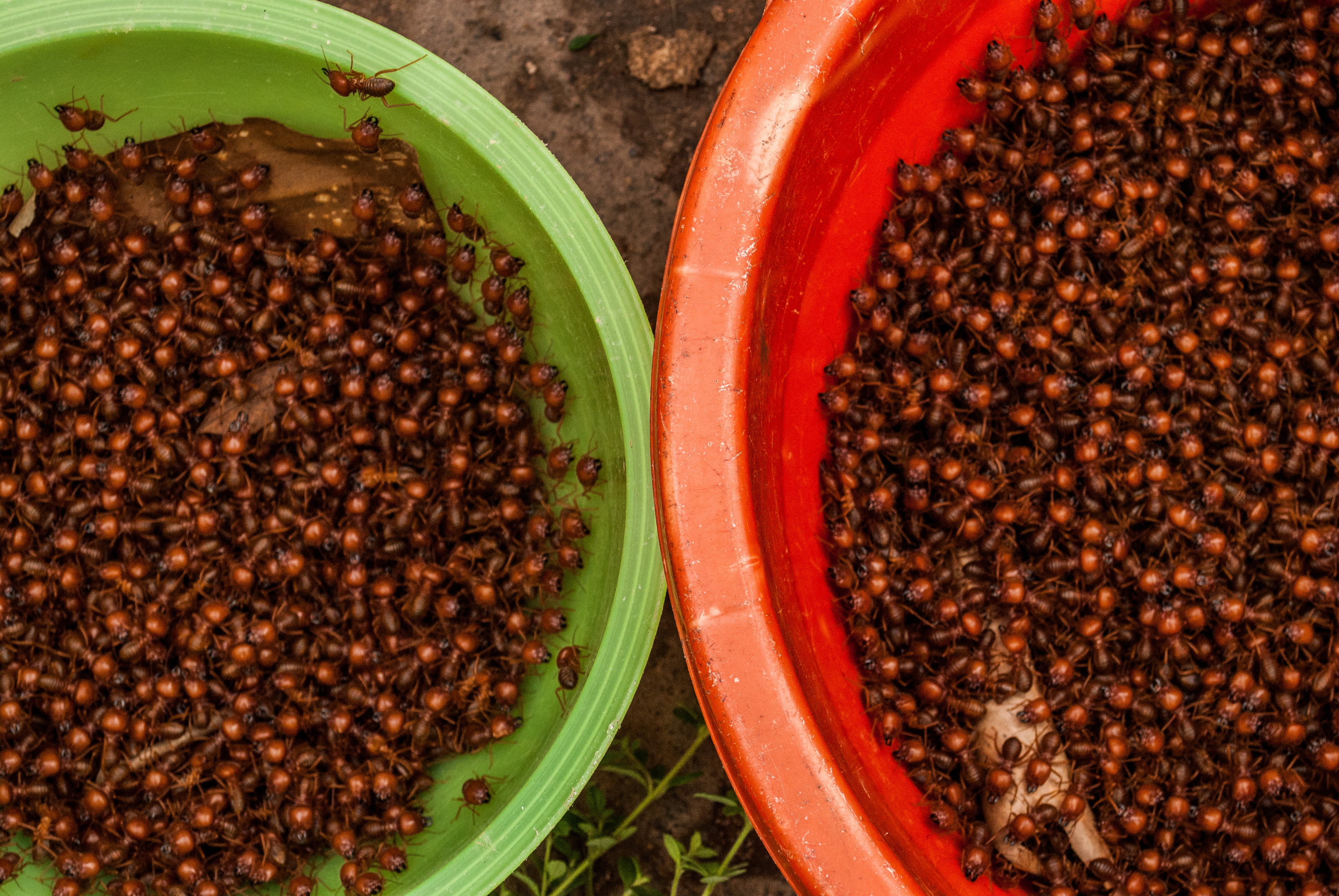
Azalia Licón Art Photographer
Additionally, there are animals of the forest: the picure or agouti (Dasyprocta variegata), the lapa (Agouti paca), the labiate-cheeked peccary (Tayassu pecari), the collared peccary (Tayassu tajacu), the chiguire or capybara (Hydrochaerus hydrochaeris), the tapir (Tapirus terrestris), and the deer (Mazama americana), etc.
Among the most abundant fruits are cocoa (Theobroma cacao), cupuaçu (Theobromagrandiflorum), pineapple (Ananas comosus), banana and cambur (Musa paradisiaca), arazá (Eugenia stipitata), tupiro (Solanum sessiliflorum), the Peruvian guava (Myrciaria dubia), etc.
And the most commonly-used palm drupes include: the moriche (Mauritia flexuosa), the manaca or asaí (Euterpe oleracea), the pijiguao (Bactris gasipaes), the large seje (Oenocarpus bataua), etc.
Haute cuisine in the Venezuelan Amazon gastronomy
Chef Nelson Méndez, a native of Puerto Ayacucho, with ancestry in the Baré indigenous community, enjoys great national recognition.
In 2017 he was elected Tenedor de Oro (Golden Fork) by the Venezuelan Academy of Gastronomy.
He did his cooking internships in important Caracas restaurants run by demanding foreign chefs, who taught him avant-garde culinary techniques, which he then applies to transform Amazonian products by, for example, incorporating cassava, Amazonian fruits and drupes, and Amazonian peppers such as the murupí or screw.
His dishes include spicy sauces such as catara, smoked fish, bachaco culón, maguire larva (suri or chontacuro from other Amazonian countries), spider monkey, lemon ant, etc.
He has been a representative of Venezuela in the annual event Madrid Fusión in Spain. His book “Knowledge and flavors of the indigenous gastronomy of the Amazonas State” was an important milestone in his professional career, closely linked to Amazonian cuisine.
The Fundación Cocina Amazónica Venezolana, and chef Nelson Méndez have dedicated themselves to sharing and learning from remote communities the methods of cooking, conservation, cultivation, hunting and fishing.
In addition to learning the mythical meaning of each ingredient or natural product, they later analyze them to obtain nutritional values and to present culinary proposals by international category.
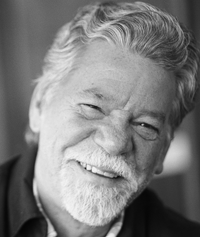
Dr. Rafael Cartay is a Venezuelan economist, historian, and writer best known for his extensive work in gastronomy, and has received the National Nutrition Award, Gourmand World Cookbook Award, Best Kitchen Dictionary, and The Great Gold Fork. He began his research on the Amazon in 2014 and lived in Iquitos during 2015, where he wrote The Peruvian Amazon Table (2016), the Dictionary of Food and Cuisine of the Amazon Basin (2020), and the online portal delAmazonas.com, of which he is co-founder and main writer. Books by Rafael Cartay can be found on Amazon.com
Related Posts
May 14, 2022
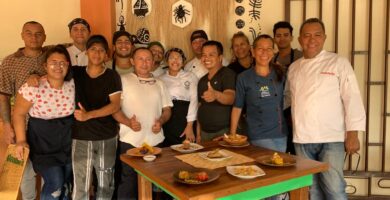
Chef Nelson Méndez, the shaman of Amazonian haute cuisine
October 25, 2020
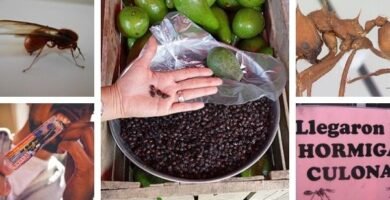
Big-Ass ants (Atta laevigata)
October 19, 2020
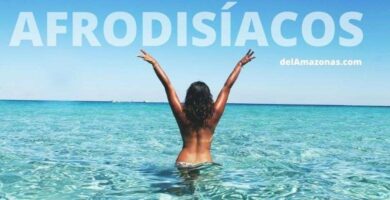
Amazon Rainforest Aphrodisiacs
October 17, 2020
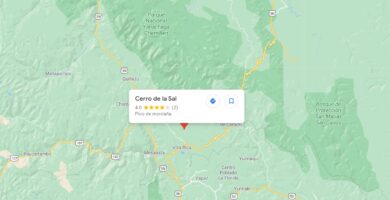
Salt in the Amazon Rainforest: myths and truths
June 8, 2020
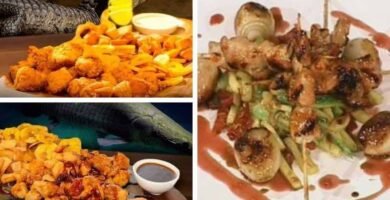
Amazonian Cuisine from the Bolivian Low-lands
June 6, 2020
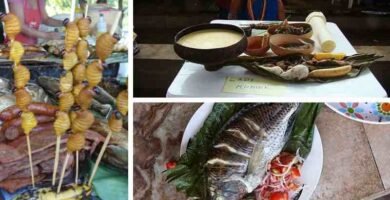
Amazonian Food from Ecuador
June 2, 2020
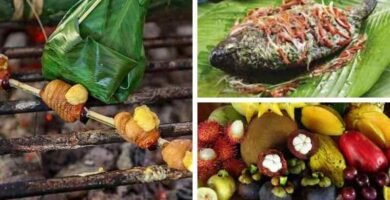
Amazonian gastronomy of Colombia
June 1, 2020

Amazonian Food: Traditional dishes from the Brazilian Jungle cuisine
May 30, 2020
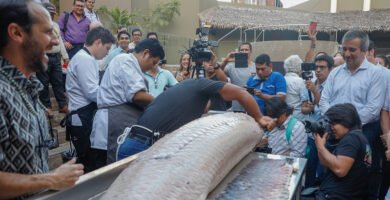
Amazonian gastronomy of Peru
This post is also available in:
![]() Español (Spanish)
Español (Spanish)
